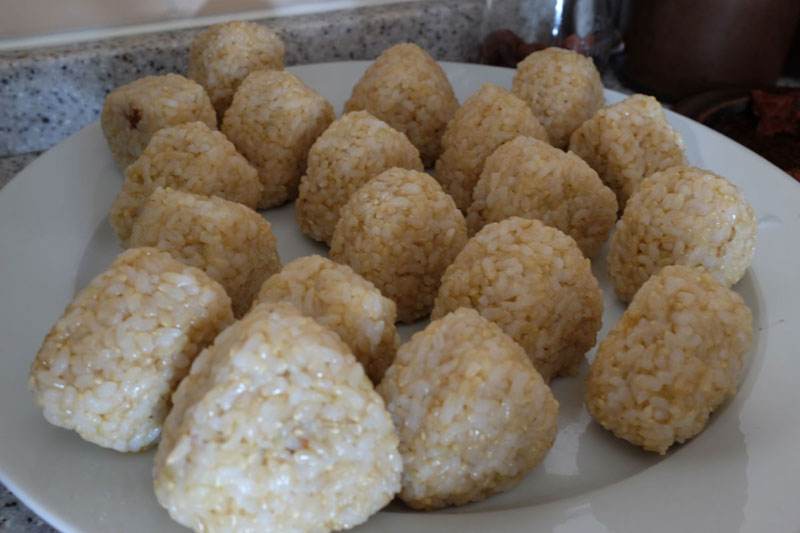KS Tokyo, 11 Oct 2014
EAT and READ (食べる事と読む事)
SEED as FOOD (食べ物としての種)
日本で食べられている豆腐、納豆、味噌、しょう油等の原料の大豆の自給率は7パーセント。
さらに大豆は姿を変えて私たちの口に入っています。油糧用、畜産、漁業の飼料用、食品添加物と
加工され大量に海外から輸入されています。原料の大豆はどこでどう生産されどの企業が流通を確保しているのでしょうか。
Pop up caféは、札幌芸術祭 TPP Museumにて大豆の日本における需要、1972年の大豆の関税の廃止がどのような時代背景で決まったのかをまとめポスター第一号として発表し、ワークッショップを行いました。
食べ物を口から食し消化する事と、文字や文章を読み考える事は、どこかとても似ています。
今回、第二弾目は、スーパーに並ぶ何千もの商品のほとんどが特定の企業が提供する作物からできているということを学び、
私たちの食を支配する世界の構造を考えていきたいと思います。
大豆にちなんだ食事を囲みながら対話の時間をつくります。
種は何千年と受け継がれてきた、命の貯蔵庫。
流れる時間を端折る事なく、繰り返し生まれ変わって私たちに届いた知識。
Although soybeans are one of the central ingredients of Japanese cuisine such as Tofu, Natto, Miso, Soysauce, and many others, Japan’s soybeans self-sufficiency rate is only 7%. Most of the beans are imported from USA, Canada, Brazil, and China and processed to crude soy oil and soybean meal. The oil is refined and processed to many products, such as salad oil and cooking oil, shortenings, margarine, etc. Soybean meal is used primarily as a protein source in animal feeds for the production of poultry, beef, pork, and milk. The majority of these imported beans is genetically modified.
pop-up café wants to research how processed soybeans are reaching consumers via supermarkets, convenience stores, restaurants, and other channels.


